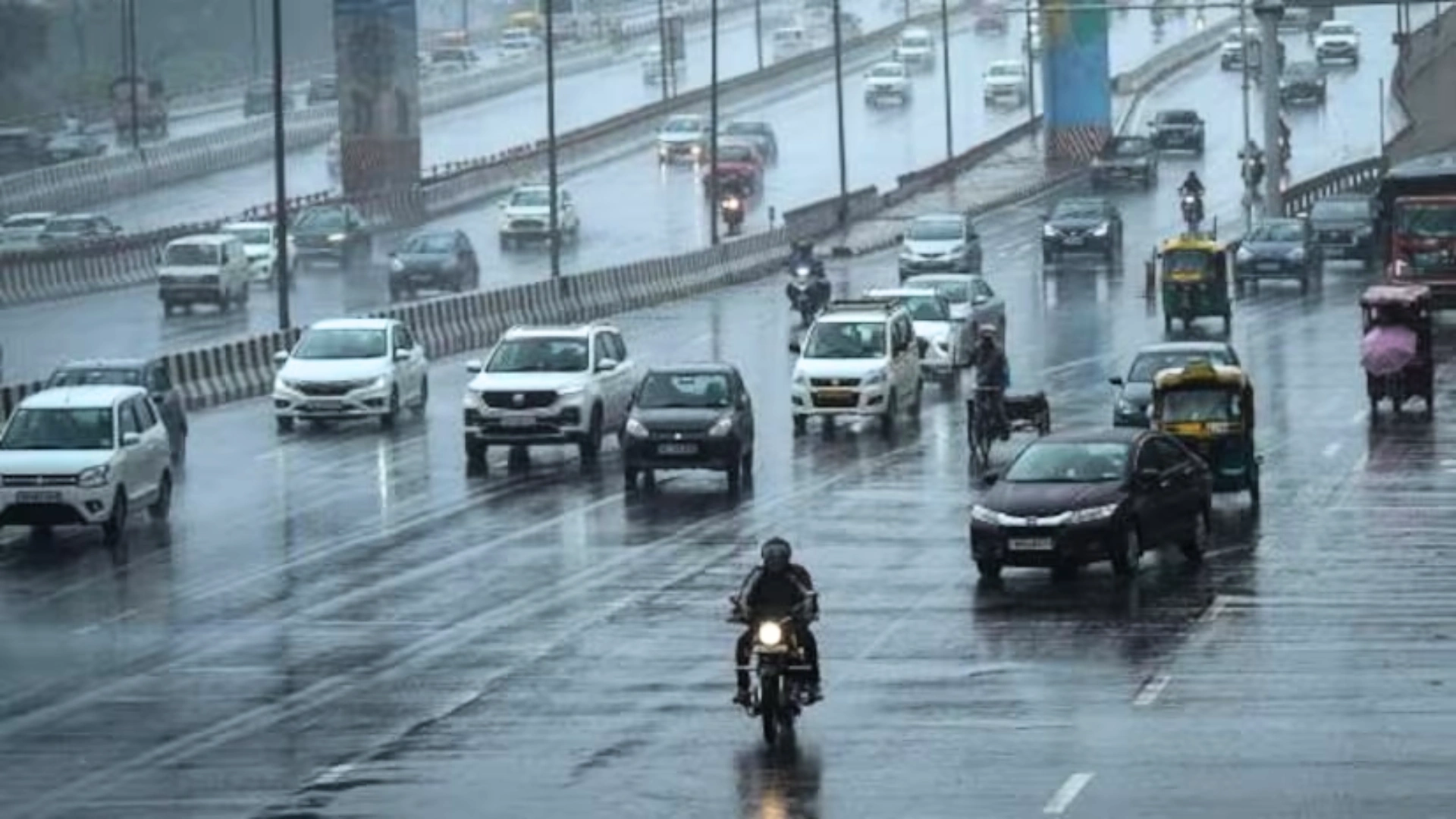Vietnam is grappling with the aftermath of severe flooding following a powerful storm, just weeks after Typhoon Yagi wreaked havoc across the country. As of Tuesday, officials report that at least three individuals have died in Nghe An province due to flash floods, with more than 10,000 residents evacuated to safer areas.
The flooding has caused significant destruction, affecting around 320 homes and devastating over 6,300 hectares of crops, according to the Ministry of Agriculture. Additionally, at least 40 school buildings have been submerged in water, further complicating the situation for affected families.
In Thanh Hoa province, officials confirmed that over 11,700 people have fled their homes in the last three days, seeking refuge in higher elevations. Authorities issued evacuation orders on Monday, urging residents in flood-prone areas to leave their homes as a precaution.
A Series of Natural Disasters
This catastrophic event comes on the heels of Typhoon Yagi, which struck Vietnam earlier this month, claiming nearly 300 lives and causing an estimated $1.6 billion (€1.4 billion) in damages. Before the country had a chance to recover from this devastation, it was hit by yet another intense storm, resulting in heavy rainfall that caused rivers to swell to dangerous levels.
Even now, more than two weeks after Typhoon Yagi made landfall, some homes on the outskirts of the capital city, Hanoi, remain partially submerged.
Vietnam’s vulnerability to flooding is well-documented, but experts warn that climate change is exacerbating the severity and frequency of such extreme weather events. As the nation faces these ongoing challenges, the impact of climate-related disasters continues to threaten the lives and livelihoods of its residents.
MUST READ: Lebanon: Death Toll Rises To 558 From Israeli Strikes, Over 1,800 Injured


















